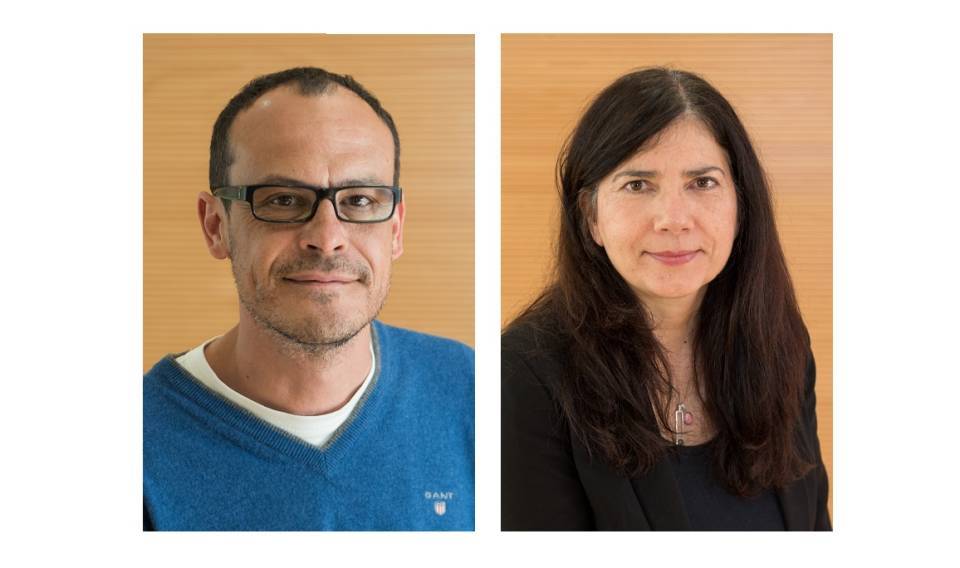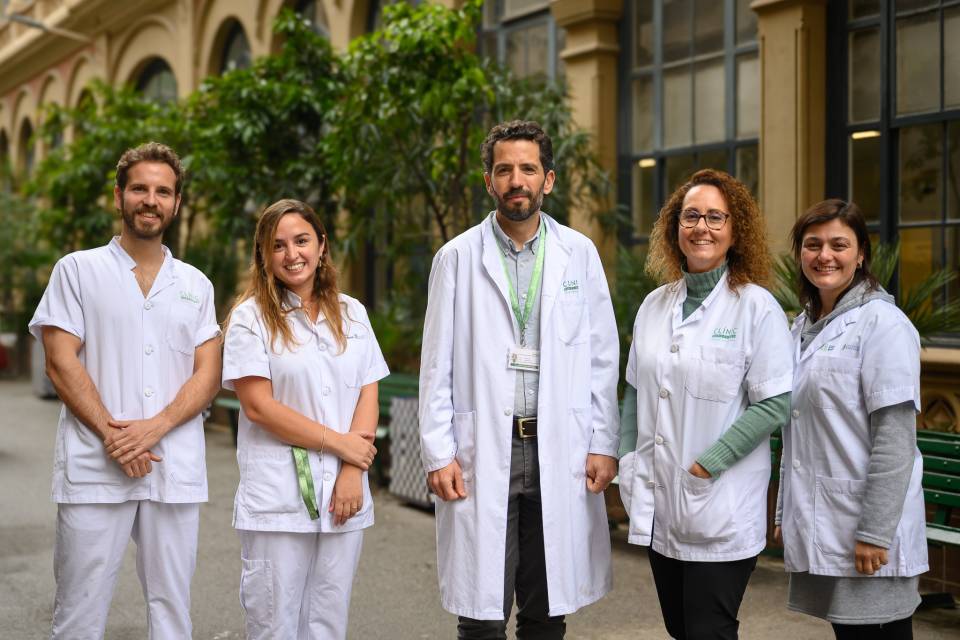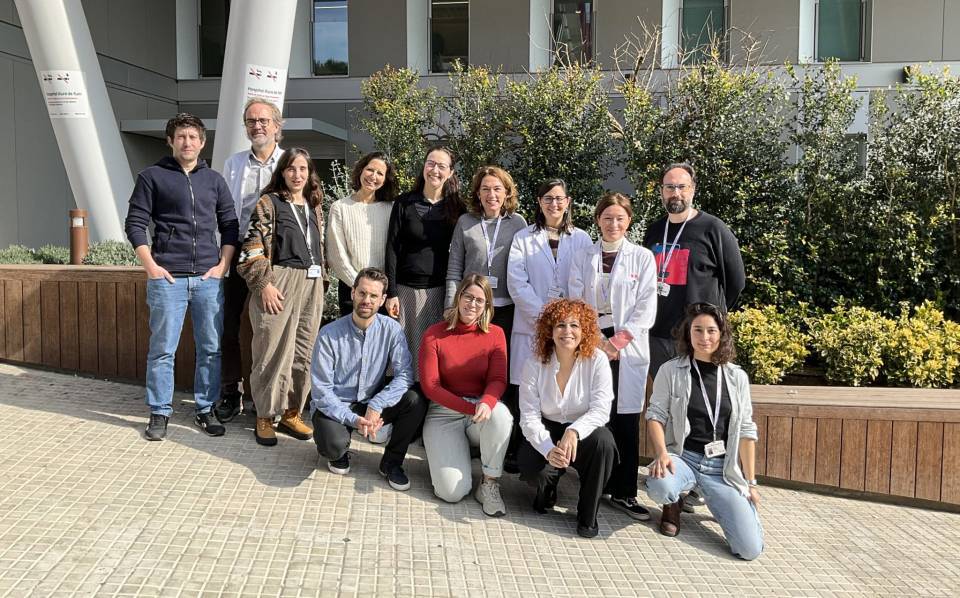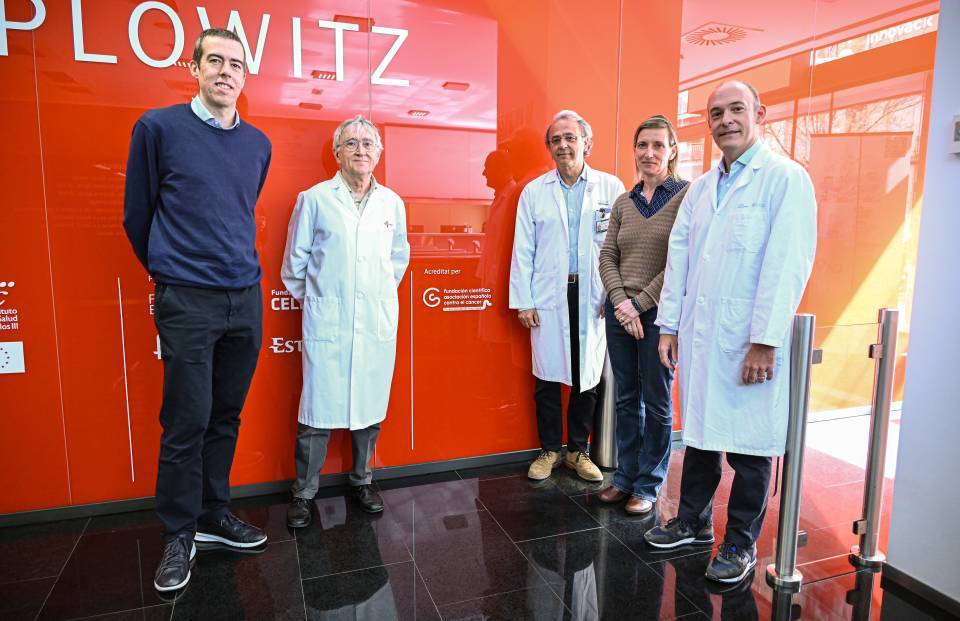The European Research Council today published the results of the call for proposals for ERC Synergy grants. The purpose of these grants is to provide the necessary support to develop interaction and cooperation between small groups of from two to four principal investigators and their teams, enabling transformative, cutting-edge research capable of leading to innovative and even unpredictable scientific results, as well as generating exchanges and mutual enrichment between disciplines. IDIBAPS received two ERC grants in this year’s call for proposals.
The first grant, will enable the development of the project “Lipid droplets as innate immunity hubs (DRIMMS)”. The project coordinator is Albert Pol, head of the IDIBAPS Lipid trafficking and disease group. Lipid droplets, also referred to as lipid bodies, are cellular organelles that collect and store lipids in eukaryotic cells. Pathogens such as bacteria use these storage structures as a source of nutrients during the infection process. However, lipid droplets also accumulate certain proteins with antibiotic activity that could contribute to the defensive action of the innate immune system. The DRIMMS project will seek to characterise, in both cells and animal models, how lipid droplets coordinate and regulate immune processes of elimination, signalling, and inflammation. The researchers aim to understand the dynamics between these organelles and infectious agents such as Mycobacterium tuberculosis, a pathogen that they will use as a model and which currently affects about a quarter of the world's population and is the main cause of death from a single infectious agent.
In an age of antimicrobial drug resistance and viral pandemics, determining how eukaryotic lipid droplets combat and defeat harmful microorganisms can generate new anti-infective therapies. The project participants also include Robert Parton, of the University of Queensland, Australia, and Caroline Demangel, from the Pasteur Institute in Paris, and their respective teams.
The Principal Investigator of the second project is Mavi Sánchez-Vives, head of the IDIBAPS systems neuroscience group. Its goal is to restore damaged brain circuits by stimulating normal neuronal activity. Firstly, the project, titled “NEurological MEchanismS of Injury and Sleep-like cellular dynamics (NEMESIS)”, will characterise the effects of focal lesions caused by disorders such as stroke or trauma, not only at the level of the whole brain, but also at the level of local neuronal circuits. Applying various observational and causal techniques, NEMESIS will explore the hypothesis that damaged neural networks are in a dormant state that hinders communication between brain areas. The researchers will also develop computational models of the brain in order to predict the effect of lesions, as well as testing stimulation protocols capable of waking up disconnected circuits.
NEMESIS represents a paradigm shift with potentially revolutionary impact on the treatment, not only of focal lesions, but also of other brain disorders. The team led by Sánchez-Vives will work with the groups of Maurizio Corbetta, from the University of Padua, Gustavo Deco, from Pompeu Fabra University, and Marcello Massimini, from the University of Milan.




